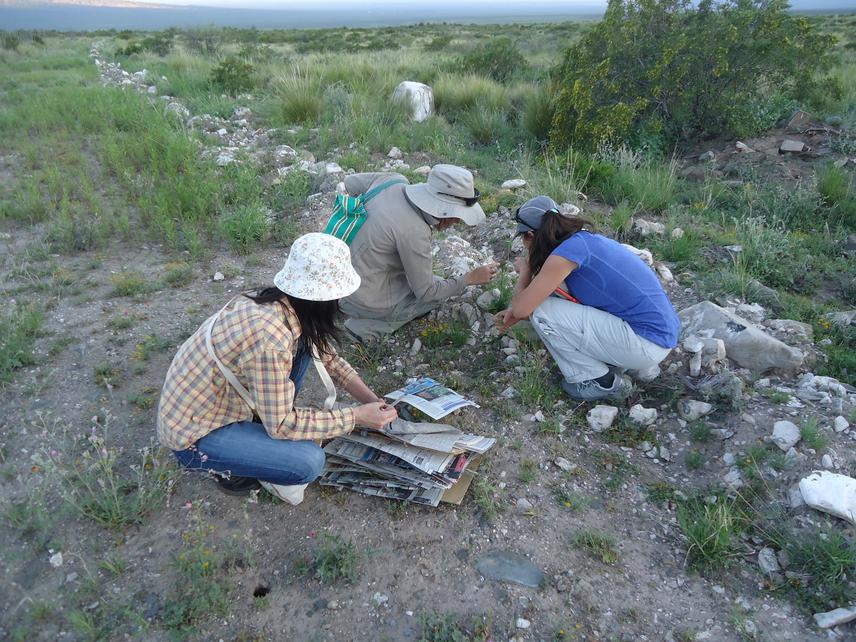María Daniela Rodríguez
Other projects
15 Nov 2007
Small Mammal Assemblages on the Monte Desert, Argentina: Relationship with Habitat Complexity and Assemblages Rules
21 Jul 2015
Effect of Fire on Structure and Functioning of Mammal´s Communities in Desertified Aridlands
The objective is to investigate the way biodiversity respond to changes on land use to propose management tools in order to improve local economy by protecting biodiversity.

Previous studies on small mammal’s biodiversity (supported by the 1º RSG Nº41.05.07) shows that the driest habitats of Monte desert, Argentina, contain the highest diversity (specific and functional) of small mammals. We also found two new populations of two rare, endemic and vulnerable mammals’ species on this extremely arid region. Because of these results, we recommended the effective protection of these habitats to preserve small mammals’ populations. Nevertheless, this region is one of the most degraded ones because its extreme aridity only allows goat grazing as land use practices of indigenous people. In these sense, this place is being affected by a desertification processes, and local indigenous people are the mayor affected mainly because of the lack of integrated programs that relates people needs with ecosystem sustainability. Under this scenario, the creation and implementation of management strategies that allows an ecosystem sustainable use, and integrates biodiversity conservation with socio-economics activities is of a transcendental importance.
This study aims not only to evaluate the way biodiversity changes with land use practices, but also to integrate local needs with scientific knowledge to stop and, if possible, to reverse desertification processes. We are going to integrate previous results about community structure of small mammals (RSG Nº41.05.07) with local research on biodiversity along a goat grazing gradient. Our results will contribute to the establishment of management strategies that promote conservation of dry systems and its local fauna by getting the maximum economics benefits for local people. By protecting these extremely arid habitats on an integrated program we will ensure not only the protection of rare and endemic species, but also of the entire ecosystem. On the other hand we will improve local goat productions and theirs derivates (meat, cheese, milk, etc.) by making the system more sustainable. I believe that the best long lasting contribution of this work is a change of vision and action of local people and take holder for future.